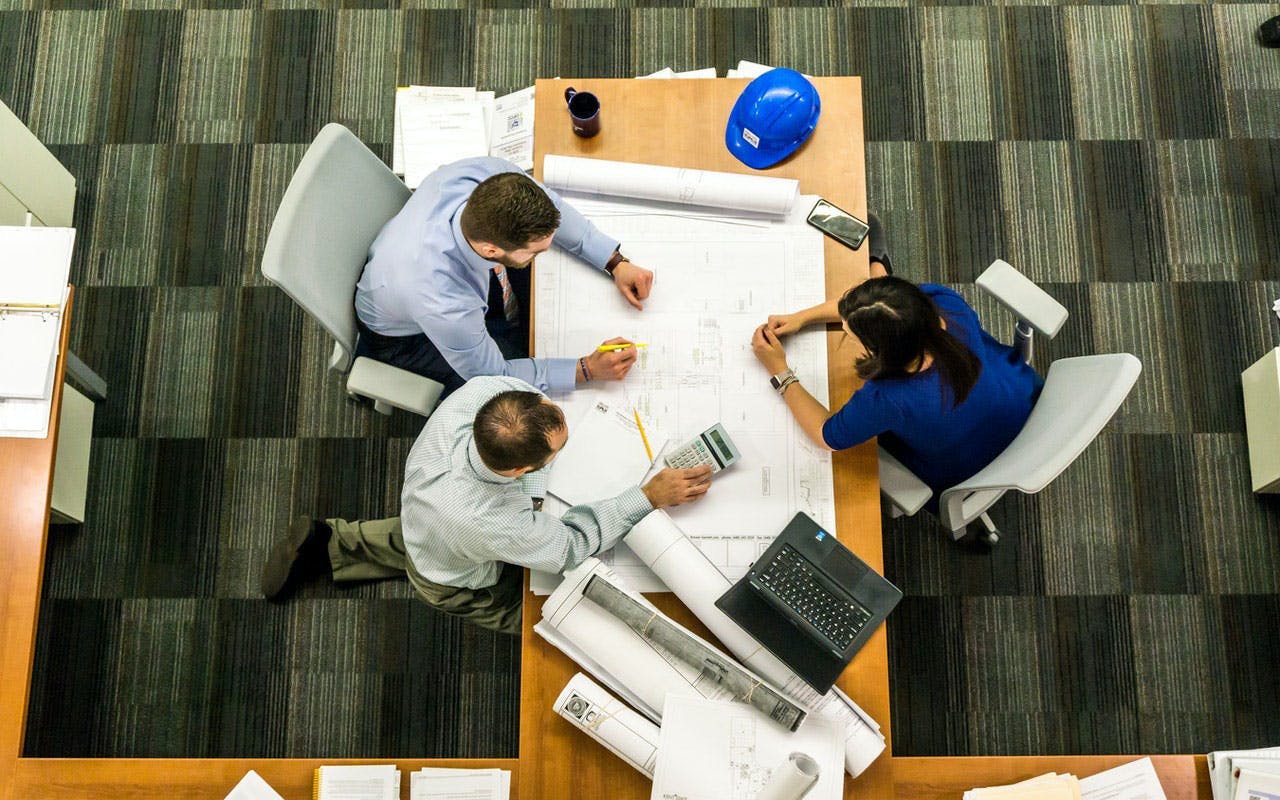The Value Perception Dilemma
A few years ago, Rory Sutherland, Vice Chairman at Ogilvy and an enthusiastic practitioner of behavioral science, commented on a peculiar aspect of human value perception. He used the example of the British post office to illustrate his point: people often neglect the value and benefits of the highly-efficient mail service that is capable of delivering lovely postcards across the city for £1.85. Imagine you had to do this yourself: it would deprive you of the best hours in the day and cost you about £25 in transportation. Nonetheless,
A service for which I might willingly have paid £10, were no cheaper alternative to exist, is sold to me for £1.85 – and yet I do not walk out of the post office punching the air with the feeling that I just saved £8.15 on a £10 good. Instead, I just think, ‘Hey, £1.85 – that’s what a package costs to send, so I guess that’s what it’s worth, meh.’ [1]
On the other hand, a lot of us have become devoted customers of name-brand coffee franchises, willing to defend their elaborate drinks with fancy names—even though we could just as easily make coffee at home for as little as a tenth of the price.
From a strictly rational standpoint, i.e. an objective cost-benefit analysis, the price we are willing to pay for each of these two goods does not make any sense. Yet, as we will see in the examples ahead, cognitive bias can arise from the particular context associated with artisanal coffees—and lacking at the post office—that pushes us to different perceptions.
Our brain’s dual systems
After years of behavioral science experiments, Daniel Kahneman and Amos Tversky identified two modes of processing that govern our decision-making processes. Simply named “System 1 and System 2,” they represent cognitive responses triggered by different contexts and the individual’s awareness of their own decision-making processes.
System 1 symbolizes an “autopilot mode,” where decisions are made below the level of consciousness: when this system is dominant, we tend to make choices based on availability, representativeness, and other mental shortcuts, which in turn lead us to gravitate towards fast, intuitive, and effortless options. System 1 is also associated with emotional responses, on which we often rely to reach quick conclusions. System 2, on the contrary, is a deliberative mode that looks for facts, logic, and consistency. It plays an investigative role, running cost-benefit analyses and seeking to make choices based on reason.
Although we generally see ourselves as essentially logical beings, it is when System 1 is active that the “magic,” as Rory Sutherland defines it, happens.2 In his latest book, Alchemy: The Surprising Power of Ideas That Don’t Make Sense, he evokes a paradigm shift towards psychological and behavioral approaches for everyday problems, as states his 4th rule of alchemy:
The nature of our attention affects the nature of our experience.
With this in mind, he emphasizes how we underestimate System 1’s share in our decision-making processes, thus leading us to design solutions and responses tailored to the wrong kind of brain. Our “fast” mode is powerful, and has control over our behavior most of the time. In fact, it cannot be shut off, and we have to exert a deliberate (and somtimes great) effort to activate System 2 and delegate choices to it.3 Still, some companies are narrowly focused on System 1, focusing all of their branding, user experience, and advertising efforts instead on appeals to plain rationality.
References
This article is based on the following research:
- Samson, A. (ed.) (2014). The Behavioral Economics Guide 2014. Retrieved from: https://www.behavioraleconomics.com/be-guide/the-behavioral-economics-guide-2014/
- Sutherland, R. (2019). Alchemy: the surprising power of ideas that don’t make sense. London: WH Allen.
- Kahneman, D. (2013). Thinking, fast and slow. New York: Farrar Straus Giroux, reprint.
- Ariely, D. (2010). Predictably irrational: the hidden forces that shape our decision, revised and expanded edition. New York: Harper Perennial.
- Shampanier, K., Mazar, N. & Ariely, D. (2007). Zero as a special price: the true value of free products. Marketing Science. 26. 742-757. 10.1287/mksc.1060.0254.
- Darley, J.M., & Batson, D. (1973). From Jerusalem to Jericho: a study of situational and dispositional variables in helping behavior. Journal of Personality and Social Psychology, Vol 27., No. 1, 100-108.
- Shotton, R. (2018). The choice factory: 25 behavioural biases that influence what we buy. Petersfield: Harriman House.
- Waters, M. (2020). Why we speak Starbucks: how brands use languages to create tribes. Brand illusions section from 1843 Magazine, July 22. Retrieved from: https://www.economist.com/1843/2020/07/22/why-we-speak-starbucks?fsrc=scn/li/te/bl/ed/brandillusionswhywespeakstarbucks1843
- Wansink, B., Van Ittersum, K., & Painter, J. E. (2005). How descriptive food names bias sensory perceptions in restaurants. Food Quality and preference, 30 Jun, 16(5):393-400. DOI: 10.1016/j.foodqual.2004.06.005
- Simons, D. J. & Chabris, C. F. (1999). Gorillas in our midst: sustained inattentional blindness for dynamic events. Perception. Vol. 28 (9): 1059-74. doi: 10.1068/p281059.
- Kahneman, D. (2013). Thinking, fast and slow. New York: Farrar Straus Giroux.
- Lispector, C. (2020). Todas as cartas. São Paulo: Rocco.
- Sutherland. R. (December 2011). Perspective is everything [Video]. TED: Ideas worth spreading. https://www.ted.com/talks/rory_sutherland_perspective_is_everything
About the Author
Tiago Rodrigo
Tiago is a Behavioral Economist and Managing Partner at Arquitetura RH. He has a background in complex and multicultural IT projects, and uses Design Sprints to bring together innovation and behavioral design. In Brazil, he co-leads a lab in São Paulo, where he organizes discussions and implements nudges to help organizations improve choice architecture in digital products, financial awareness among young professionals, and security in industrial contexts.
About us
We are the leading applied research & innovation consultancy
Our insights are leveraged by the most ambitious organizations
“
I was blown away with their application and translation of behavioral science into practice. They took a very complex ecosystem and created a series of interventions using an innovative mix of the latest research and creative client co-creation. I was so impressed at the final product they created, which was hugely comprehensive despite the large scope of the client being of the world's most far-reaching and best known consumer brands. I'm excited to see what we can create together in the future.
Heather McKee
BEHAVIORAL SCIENTIST
GLOBAL COFFEEHOUSE CHAIN PROJECT
OUR CLIENT SUCCESS
$0M
Annual Revenue Increase
By launching a behavioral science practice at the core of the organization, we helped one of the largest insurers in North America realize $30M increase in annual revenue.
0%
Increase in Monthly Users
By redesigning North America's first national digital platform for mental health, we achieved a 52% lift in monthly users and an 83% improvement on clinical assessment.
0%
Reduction In Design Time
By designing a new process and getting buy-in from the C-Suite team, we helped one of the largest smartphone manufacturers in the world reduce software design time by 75%.
0%
Reduction in Client Drop-Off
By implementing targeted nudges based on proactive interventions, we reduced drop-off rates for 450,000 clients belonging to USA's oldest debt consolidation organizations by 46%




















